Nanoscale probe reveals interactions between surfaces and single molecules
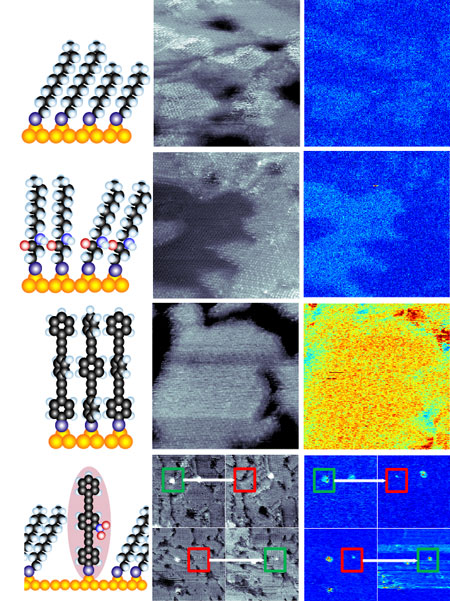 New experimental test of buried contacts paves the way for molecular devices.
New experimental test of buried contacts paves the way for molecular devices.
Nov 17th, 2010
Read more
 New experimental test of buried contacts paves the way for molecular devices.
New experimental test of buried contacts paves the way for molecular devices.
Nov 17th, 2010
Read more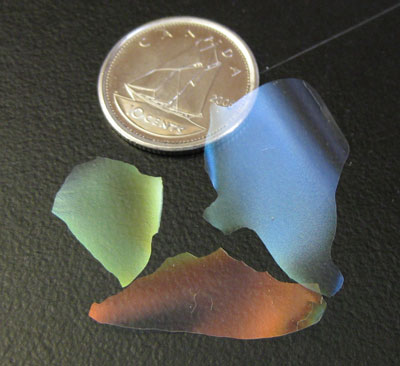 Using nanocrystals of cellulose, the main component of pulp and paper, chemistry researchers at the University of British Columbia have created glass films that have applications for energy conservation in building design because of their ability to reflect specific wavelengths of light, such as ultra violet, visible or infrared.
Using nanocrystals of cellulose, the main component of pulp and paper, chemistry researchers at the University of British Columbia have created glass films that have applications for energy conservation in building design because of their ability to reflect specific wavelengths of light, such as ultra violet, visible or infrared.
Nov 17th, 2010
Read more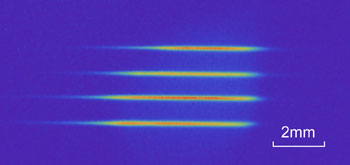 Researchers at the California Institute of Technology (Caltech) have demonstrated quantum entanglement for a quantum state stored in four spatially distinct atomic memories.
Researchers at the California Institute of Technology (Caltech) have demonstrated quantum entanglement for a quantum state stored in four spatially distinct atomic memories.
Nov 17th, 2010
Read moreUniversity research suggests that industrial manufacturers using nanoparticles should be aware of the risks that different types of nanoparticles pose to workers who handle them.
Nov 17th, 2010
Read moreHELIOS consortium developing building blocks and processes to accelerate adoption of silicon photonics.
Nov 17th, 2010
Read more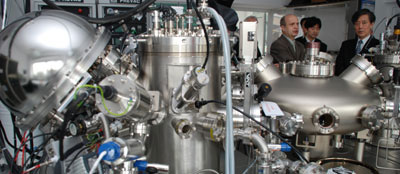 The research on materials' surface layers with spectroscopic methods, extremely important for nanotechnology, material engineering, microelectronics and many other areas, requires knowledge of certain physical parameters that are available in the databases distributed by the US National Institute of Standards and Technology (NIST). Used by the researchers worldwide, several of these databases are being developed by Prof. Aleksander Jablonski from the Institute of Physical Chemistry of the Polish Academy of Sciences.
The research on materials' surface layers with spectroscopic methods, extremely important for nanotechnology, material engineering, microelectronics and many other areas, requires knowledge of certain physical parameters that are available in the databases distributed by the US National Institute of Standards and Technology (NIST). Used by the researchers worldwide, several of these databases are being developed by Prof. Aleksander Jablonski from the Institute of Physical Chemistry of the Polish Academy of Sciences.
Nov 17th, 2010
Read more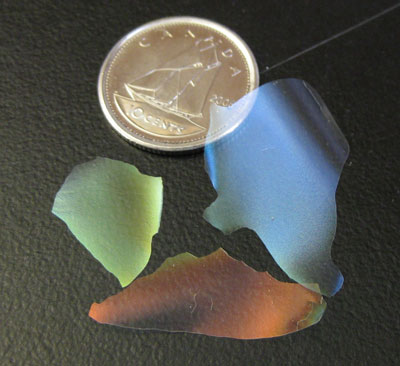 Imec, together with its partners within the European FP6 Program NeuroProbes, has created a new neural probe enabling electrical and chemical recording and stimulation of single neurons in the brain. Applications of the new technology are vast, ranging from tools for fundamental research on the functioning of the brain, to instruments for more precise diagnosis of brain seizures before brain-surgery.
Imec, together with its partners within the European FP6 Program NeuroProbes, has created a new neural probe enabling electrical and chemical recording and stimulation of single neurons in the brain. Applications of the new technology are vast, ranging from tools for fundamental research on the functioning of the brain, to instruments for more precise diagnosis of brain seizures before brain-surgery.
Nov 17th, 2010
Read moreThe nanoelectronics research centre imec and Peira, a Belgium-based manufacturer of pharmaceutical and chemical research instruments, jointly developed an innovative slice-tilting instrument for in-vitro research on brain tissue. The new tool enables long-term studying of brain cultures through electronic stimulation and read-out, essential in getting insight into the functioning of the brain.
Nov 17th, 2010
Read moreSeven companies reported using six nanomaterials in response to a voluntary information call in 2008 by Australia's National Industrial Notification and Assessment Scheme (NICNAS), in contrast to 22 companies reporting on 21 types of nanomaterial two years earlier.
Nov 17th, 2010
Read moreFriends of the Earth has released a new report that tries to debunk industry promises that nanotechnology offers solutions to our most pressing environmental problems, including climate change.
Nov 17th, 2010
Read moreA new report, 'Nanotechnology Research Directions for Societal Needs in 2020' outlines the foundational knowledge and infrastructure development in the last decade, the current $15 billion in R+D programs underpinning about $250 billion of products incorporating nanoscale components in the world in 2009, and the likely evolution towards a general purpose technology by 2020.
Nov 17th, 2010
Read moreRecent research by a team of researchers from China, led by Dr. Nan Yao, explored the effects of nanoparticles on plant cells.
Nov 16th, 2010
Read moreBecause environmental and health information on carbon nanotubes is incomplete and sometimes conflicting, an 'anticipatory governance' approach to the technology is needed, according to Mark Philbrick, post-doctoral researcher at the Center of Integrated Nanomechanical Systems at the University of California, Berkeley.
Nov 16th, 2010
Read more DNA is an outstanding nanoscale building material, as researchers led by Ned Seeman discovered thirty years ago. Seeman and his colleagues at the New York University have now used cross-shaped DNA tiles to produce an amazingly large grid structure that resembles woven fabric.
DNA is an outstanding nanoscale building material, as researchers led by Ned Seeman discovered thirty years ago. Seeman and his colleagues at the New York University have now used cross-shaped DNA tiles to produce an amazingly large grid structure that resembles woven fabric.
Nov 16th, 2010
Read more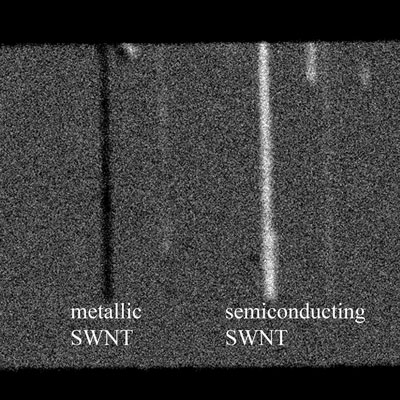 Researchers have demonstrated a new imaging tool for rapidly screening structures called single-wall carbon nanotubes, possibly hastening their use in creating a new class of computers and electronics that are faster and consume less power than today's.
Researchers have demonstrated a new imaging tool for rapidly screening structures called single-wall carbon nanotubes, possibly hastening their use in creating a new class of computers and electronics that are faster and consume less power than today's.
Nov 16th, 2010
Read more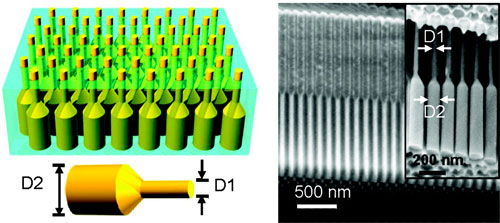 Researchers were able to produce nanopillars that absorb light as well or even better than commercial thin-film solar cells, using far less semiconductor material and without the need for anti-reflective coating.
Researchers were able to produce nanopillars that absorb light as well or even better than commercial thin-film solar cells, using far less semiconductor material and without the need for anti-reflective coating.
Nov 16th, 2010
Read more